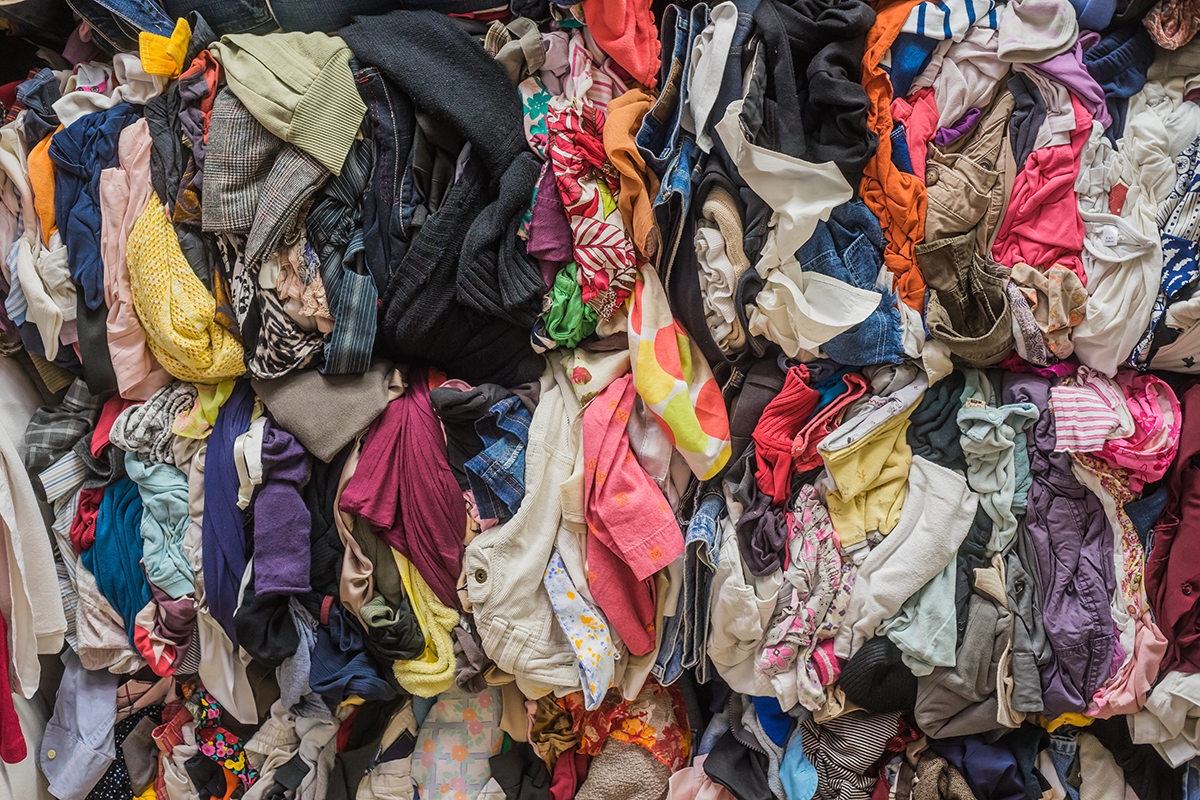Fashion: the Higg materials sustainability index
The Higg Materials Sustainability Index was developed by the Sustainable Apparel Coalition, which works to reduce the impact of fashion and clothing to the environment.
The Higg index looks at how materials are made, recycled, how much water they use and other things that have an impact on the environment. It also considers where the materials are made. Some countries will have different rules that can impact how much waste a company generates making materials.
The Higg index developers applied five principles to understand how sustainable different fabrics are:
- climate impact (how much heat this will add to the world's climate)
- water pollution (how much and what kind of pollution will go into waterways while making this fabric?)
- water use (some fabrics use a lot more water than others in production)
- use of fossil fuels (this includes products made of fossil fuels and ones that use fossil fuels for transport or when they are made)
- chemistry (what is the fabric made of? How will those chemicals breakdown and react after they are not wanted any more?)
Understanding the impact of different fabrics gives designers and companies a way to make more sustainable clothing. The Higg index has expanded since it was first developed. Now, companies can look at their impact from “cradle-to-grave" or from the raw materials they use to the waste after the product has finished. This lifecycle view looks at transportation, office spaces, suppliers, materials and much more to help companies find ways to be more sustainable.
Note: the Higg index has been criticised for scoring fabric from fossil fuels too highly (nylon and other plastic based fabrics) and rating them more highly than natural fibres (leather, silk and others). In response to this criticism, the Index is not being used as a promotional or marketing tool by fashion brands, anymore.

Image attribution: Fotoschlick on Adobe Stock
Beyond fashion
The Higg index suite of tools measures the environmental impact of different materials in other industries too. Home textiles, shoes, fashion and other uses of fabric and materials can have the Higg Index applied to their products. "Materials" in this context means the parts that a product is made of. A shoe might be made from leather, plastic and rubber — these are the shoe's materials.
Designers and developers can look at the Greenhouse Gas Emissions (GHG) of materials to find options that are lower in carbon emissions.
Anyone can create an account and use the Higg index tools to green their business and make it more sustainable. There are clear instructions on how to use the index, and how to compare materials.
Explore these skills in a real world context
